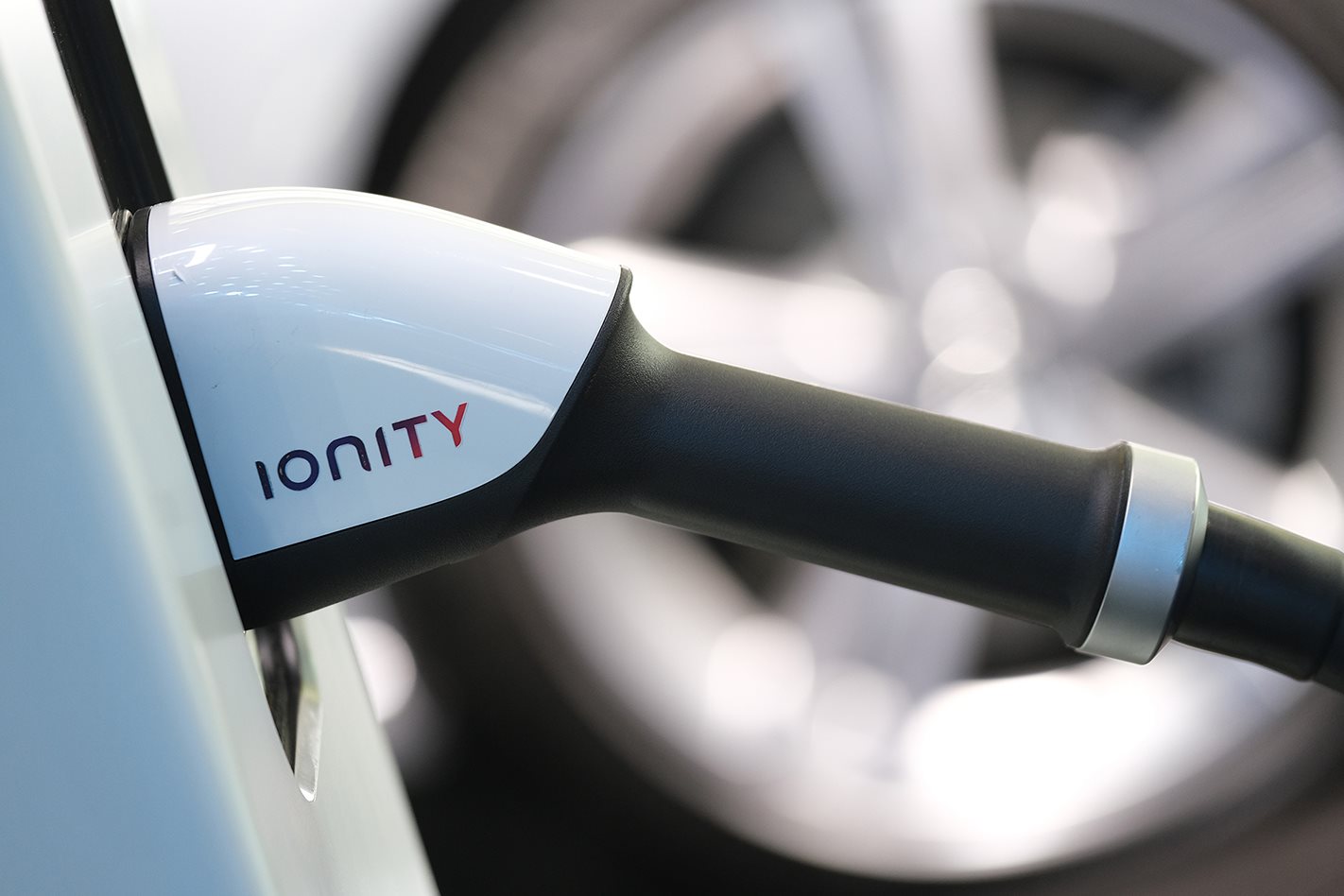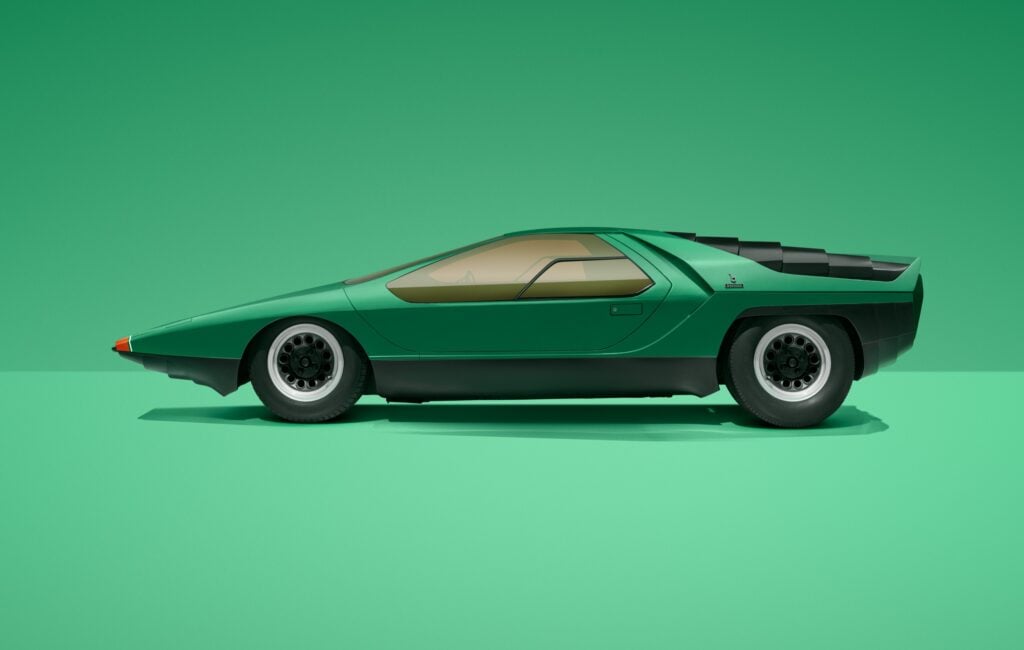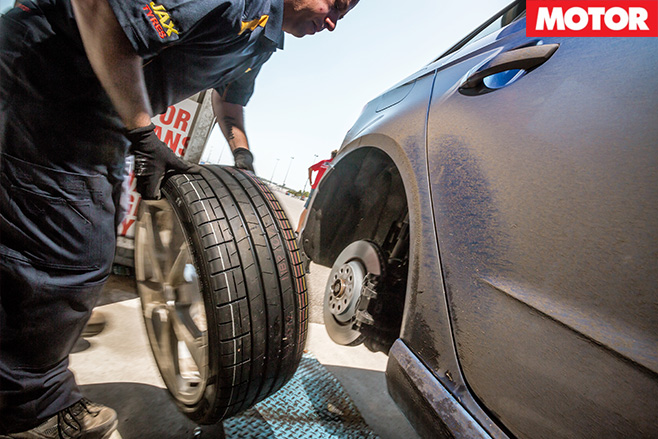Reasons to say nice things about Ryanair don’t come along very often. Europe’s biggest-by-far budget airline isn’t an especially pleasant way to travel, and I speak from extensive experience in this matter. But the Irish outfit recently helped make me better informed.
When the Australian media’s two-day turn in Porsche’s 19-day and 6000km-plus European road trip to launch the Taycan came to an end, all the others had to head to Berlin’s Tegel airport to begin the long, multi-stage journey home.
I was instead flying from the German capital to my home airport of Bergamo Orio al Serio, outside Milan. Ryanair happened to be the only airline jetting nonstop between the two cities, making them my preferred option. But their limited schedule meant overnighting in Berlin and catching a flight early next morning.
That’s how I ended up in a restaurant on Chausseestrasse, sharing a table with the incoming group of Middle East and South African media. Travel fatigued, they all headed early to bed. That meant having only the fresh set of Porsche engineers, who had also flown into Berlin that day, as company for a nightcap at the eatery’s well-stocked bar.
It’s usually worth chatting with Porsche people, so I struck up a conversation. One was a high-voltage battery and charging expert. Before moving to Porsche six years ago, he’d spent time with Mercedes-Benz working on hydrogen fuel-cell electric cars. Here was someone who could answer a question that had been bugging me. Lunch stops during the Taycan drive had been visits to service stations equipped with the latest-generation 350kW DC fast-chargers being rolled out by Munich-based Ionity. This company is a joint venture launched by BMW, Mercedes-Benz parent Daimler, Ford and the VW Group, of which Porsche is a part. They will soon be joined by Hyundai and Kia.
The rate at which the Taycan’s 93kWh lithium-ion battery can be topped up varies according to factors including its internal temperature and SOC (state of charge). In the most favourable conditions the pack will take on charge at a rate of 270kW, way higher than any other European-made EV and better than even the latest versions of Tesla’s Supercharger.
So what, I wanted to know, stops the Taycan from sucking the full 350kW? The expert answer is that maximum charge-rate limits are determined by battery design. Cells optimised for high energy density and therefore maximum range, my Porsche pal explained, have restricted ability – for reasons both chemical and physical – to absorb really high-power charge rates.
So while high-energy-density batteries will drive an EV further on a full charge, its driver must spend more time waiting at a DC fast-charger when making long journeys. And our obliging battery expert has seen first-hand evidence that this is already a gripe with EV early adopters who are also long-distance drivers.
He believes high DC fast-charge rates will become a greater priority for Porsche EV customers than the full-charge driving range. Other brands, he adds, are beginning to think the same way.
More topics were discussed as his beer and my grappa gradually disappeared, but the one question I neglected to ask was my Porsche man’s name. That’s why I can thank only Ryanair for adding to my store of EV knowledge.






